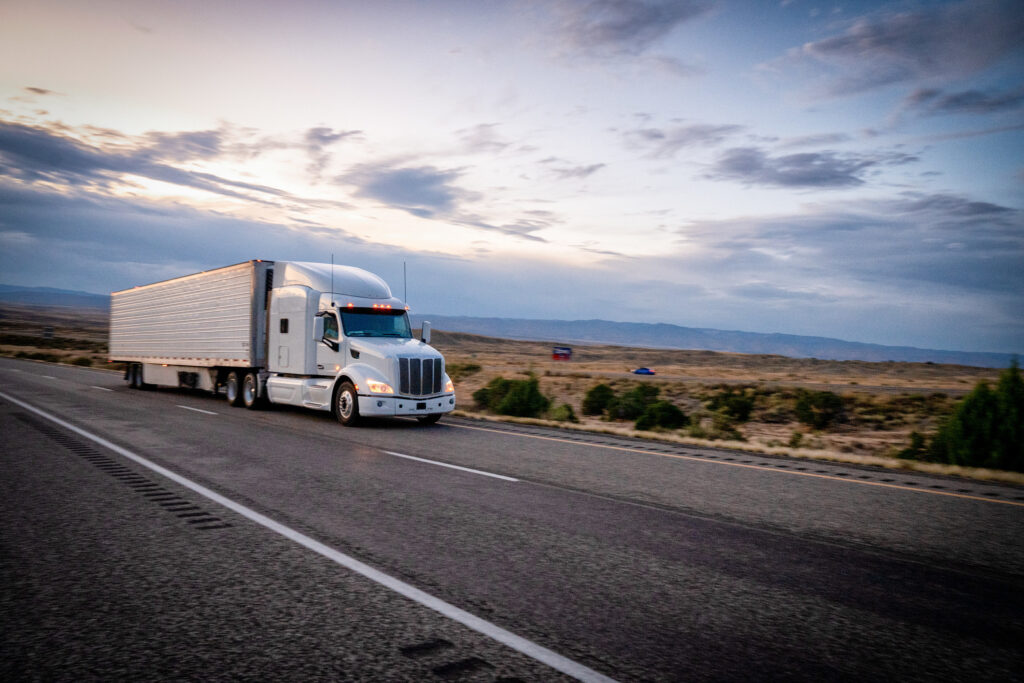Driver shortages: how technology is helping truck learner drivers
While training new drivers can be time consuming, having a pool of fully qualified drivers is crucial to helping solve the issue
Learning to drive a truck can be fraught with challenges. Alongside the pressure of busy roads is the precision and skill it takes to maneuver a large and heavy vehicle – often in challenging circumstances, such as down narrow streets or during difficult weather conditions.
In the US, obtaining a truck license can take on average between six to eight weeks. To be eligible for a truck license, candidates need to be 21 years or older (at least 18 years of age to drive intrastate), submit their state’s CDL Application and fee with proof of identification and undertake a variety of tests.
The increased use of internet deliveries is one factor contributing to a rise in the number of vans and trucks using roads. According to Truck Info, there are 15.5 million trucks operating on US roads. However, the dwindling number of experienced drivers (around 80,000 short) in the US is causing major concern across the country. Without a sufficient level of qualified drivers, supplies could be severely affected and the prices of many goods could climb steeply.
Tackling this shortage is essential to maintaining supply chains, meeting customer demands and sustaining economic momentum.
While training new drivers can be time consuming, having a pool of fully qualified drivers is crucial to helping solve the issue. As experienced drivers retire or move to alternative careers, new drivers are required to take their place. So how should companies be encouraging individuals to gain their trucking qualifications?
Corey Heniser, a road safety expert at Brigade Electronics INC, said:
“Trying to attract new talent is a difficult process. Offering higher wages and more appealing packages are short term measures that have already been implemented by many companies. However, safety and the right level of driver support are also crucial factors in not only appealing to candidates, but ensuring they want to continue with a long-term career in the industry.”
Fitting safety devices and vehicle CCTV to trucks is helping to meet many of the challenges faced by those new to driving trucks.
As the number of safety initiatives for large vehicles increases around the world, technology is proving to be an invaluable resource in aiding drivers, particularly in relation to visibility and eliminating complex blind spots.
Corey continues:
“Whether fitted as part of road regulations or to enhance fleet safety, it is essential that learner drivers are taught how to use these systems as more and more fleets adopt this technology.”
“Road safety research has shown that in the time it takes to scan four mirrors, assess and then react to hazards, a vehicle could travel as far as 33 feet. Cameras, such as Brigade’s Backeye®360, which offer 360-degree visibility via a single in-cab monitor, allow the driver to see everything in the immediate vicinity of the vehicle, including pedestrians and cyclists, that might be in a blind spot position.”
The size of modern commercial vehicles means they are potentially highly dangerous machines, often driving on narrow streets packed with parked cars where there is limited room to maneuver. The risk of accidents is even greater at night or in wintry weather conditions when cameras may struggle to provide a clear picture.
Ultrasonic obstacle detection systems alert the driver to the presence of obstacles close to the vehicle, whether moving or stationary. An audible and/or visual in-cab warning is triggered, while external speaking alarms can be added to warn cyclists and pedestrians in the vicinity.
Brigade Electronics’ next generation of collision avoidance systems was developed using artificial intelligence technology and supported by the Knowledge Transfer Partnership initiative with Cambridge University. The result – Sidescan®Predict – was extensively trialed in 2020 with impressive results.
Through the use of AI, the Sidescan®Predict sensor constantly gathers object detection data such as the speed and distance of a nearby cyclist or pedestrian. This data feeds into an algorithm created by Brigade to accurately assesses the risk of a collision. When danger is detected, the driver is instantly alerted in time to take avoiding action.
Sidescan®Predict is always switched on, including at speeds below 18.641 mph. In addition, crucially, the collision protection is active with or without the indicators on. This is particularly important as it is recognized that some drivers become irritated by false alerts, even avoiding use of indicators so their system does not trigger alerts, potentially putting vulnerable road users at risk.
Reversing alarms are another key safety system, with modern iterations, such as Brigade Electronics’ award-winning White Sound range, offering instantly locatable alarms that cause less noise pollution because they are only heard in the danger zone (directly to the rear of a vehicle when backing).
Safety upgrades such as these can all be retro-fitted to a vehicle in a matter of hours. The improvement they can make to road safety is incalculable and the peace of mind they offer drivers invaluable.
Dash cams and vehicle CCTV offer an additional layer of security and support fleet operators with managing drivers travelling long distances for extensive periods.
Corey added:
“Commercial vehicle safety technology provides operators and drivers with the confidence that they are doing everything feasibly possible to keep themselves and other road users out of harm’s way.”
Category: Driver Stuff, Featured, Fleet Tracking, General Update, Management, News, Safety, Tech Talk, Training










